If you’ve ever been enchanted by the rhythmic pulse or warbling shimmer in a piece of music, chances are you’ve experienced the magic of tremolo.
But what is tremolo, how is it different from vibrato, and how can you harness its power in your own tracks?
Luckily, we’re giving you all the answers.
In this article, we’ll be diving into the world of tremolo, exploring:
- The basics of tremolo and its history ✓
- The difference between tremolo & vibrato ✓
- The role of a tremolo pedal and vibrato pedal ✓
- Techniques & tips for creating tremolo in digital music production ✓
- Dialing in the perfect tremolo sound for your tracks ✓
This captivating effect has been used by musicians and producers for centuries, to add depth and texture to their creations.
So, let’s dive in, so you can be one of those musicians too!
Table of Contents
- What is Tremolo?
- Tremolo Effect vs. Vibrato Effect
- Two Main Types: Measured & Unmeasured Tremolo
- Tremolo in Instruments: Where it All Began
- The Tremolo Pedal: Shaping Your Sound
- Tremolo Picking: Mastering the Technique
- Digital Tremolo: Tips and Tricks for Music Producers
- Dialing in the Perfect Tremolo Sound
- Adjusting Speed & Depth for An Epic Pulsating Effect
- Creating Texture with Reverb and Other Effects
- What Is Tremolo: Final Thoughts
What is Tremolo?
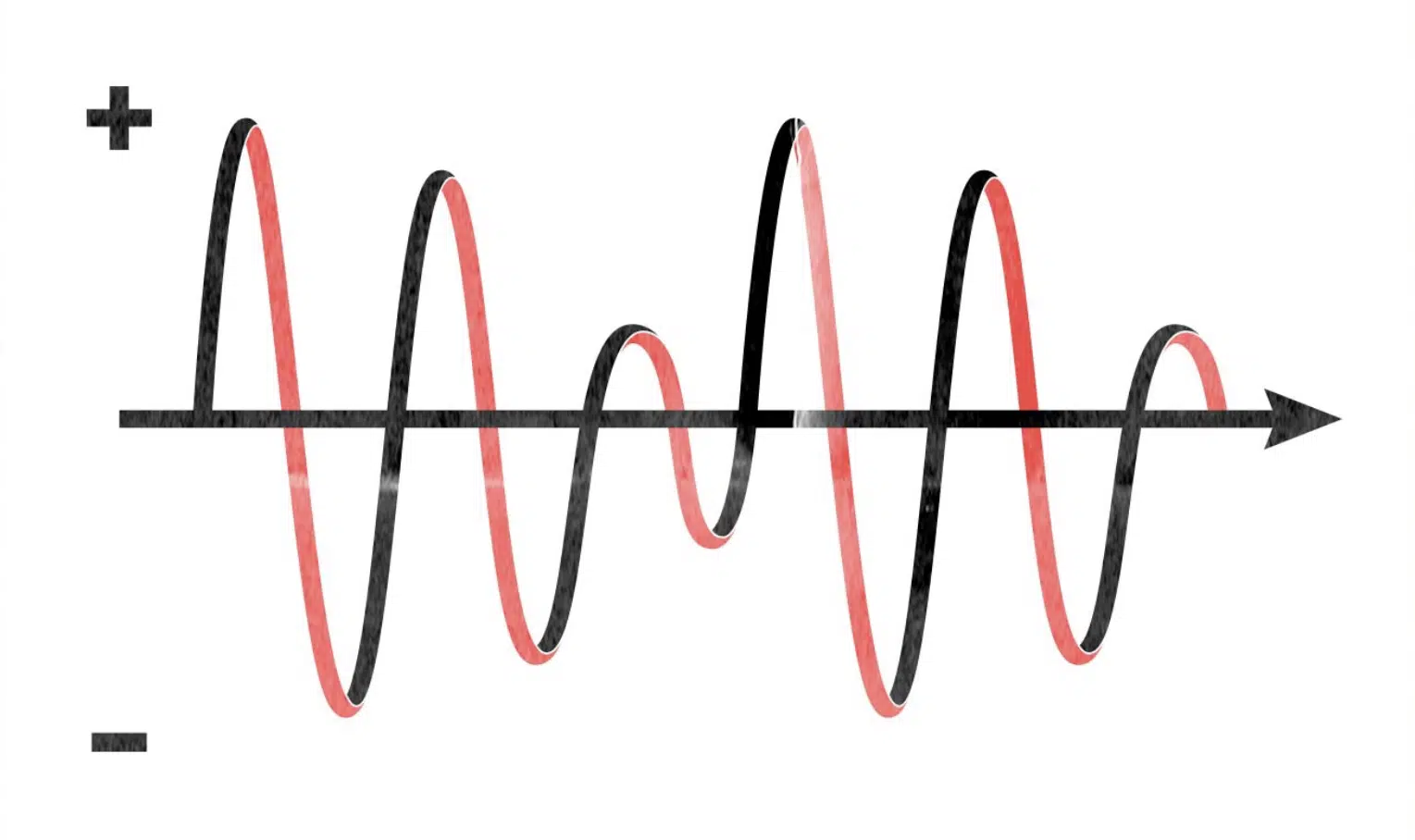
Tremolo is a modulation effect that produces rhythmic fluctuations in the volume or amplitude of an audio signal.
It’s achieved by rapidly varying the volume of a sound at a consistent rate, creating a pulsating or shimmering effect.
Tremolo has been used in music for centuries, and its origins can be traced back to bowed string instruments.
Musicians would create the effect by quickly moving the bow back and forth across the strings.
Today, tremolo is found in various forms, from guitar techniques and hardware like tremolo pedals and many amps to digital plugins used in music production.
The tremolo effect is created by modulating the amplitude of an audio signal with a low-frequency oscillator (LFO).
The LFO generates a waveform, such as a sine wave, square wave, or triangle wave, which determines the shape and pattern of the volume fluctuations.
By adjusting the rate and depth of the LFO, you can control the speed and intensity of the tremolo effect, allowing for a wide range of sonic possibilities.
Tremolo can be used in various ways to enhance your music, from adding depth and texture to a guitar part to creating a sense of motion and rhythm in electronic music production.
The effect is often used to evoke emotion, as the pulsating nature of tremolo can create a sense of tension or excitement.
Tremolo Effect vs. Vibrato Effect

Vibrato is another modulation effect, but instead of affecting the volume of an audio signal, it modulates the pitch.
When the question “What is tremolo” arises, it’s not uncommon for people to confuse it with vibrato, particularly when discussing guitar effects.
For example, the word “tremolo bar” or “whammy bars” are often used to describe a device on a guitar that actually produces a vibrato effect (vibrato arm) by altering the pitch of the strings.
Vibrato is characterized by a rapid, subtle variation in pitch, which can give vocals or an instrumental performance a more expressive, emotional quality.
Like tremolo, the vibrato effect has been used in music for centuries and can be found in various forms 一 from vocal techniques and instrumental playing styles to hardware and digital effects.
While both tremolo and vibrato are modulation effects, they differ in the aspect of the audio signal they modulate.
- Tremolo 一 Focuses on modulating the volume or amplitude, creating a pulsating/trembling effect.
- Vibrato 一 Modulates the pitch, resulting in a subtle wavering sound.
It’s essential to recognize the difference between these two effects to use them effectively in your own unique music.
Two Main Types: Measured & Unmeasured Tremolo
There are two main types of tremolo: measured and unmeasured.
- Measured Tremolo 一 Characterized by a regular and consistent rhythm, with the volume fluctuations occurring at a steady pace.
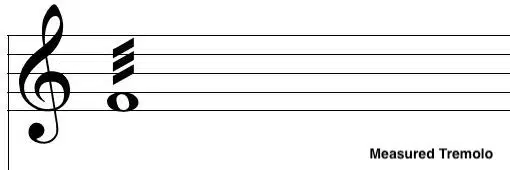
This type of tremolo is often used to create a sense of pulse, tone, or movement in a piece of music, particularly in genres such as electronic, ambient, and film scores.
- Unmeasured Tremolo 一 Features irregular and unpredictable volume changes, creating a more chaotic and textural effect.

This type of tremolo can be especially effective in adding tension, drama, or atmosphere to a track.
Both measured tremolo and unmeasured tremolo can be created using a variety of techniques and tools.
This includes tremolo pedals, guitar amplifiers, fender amps, and digital audio workstations (DAWs).
Tremolo in Instruments: Where it All Began
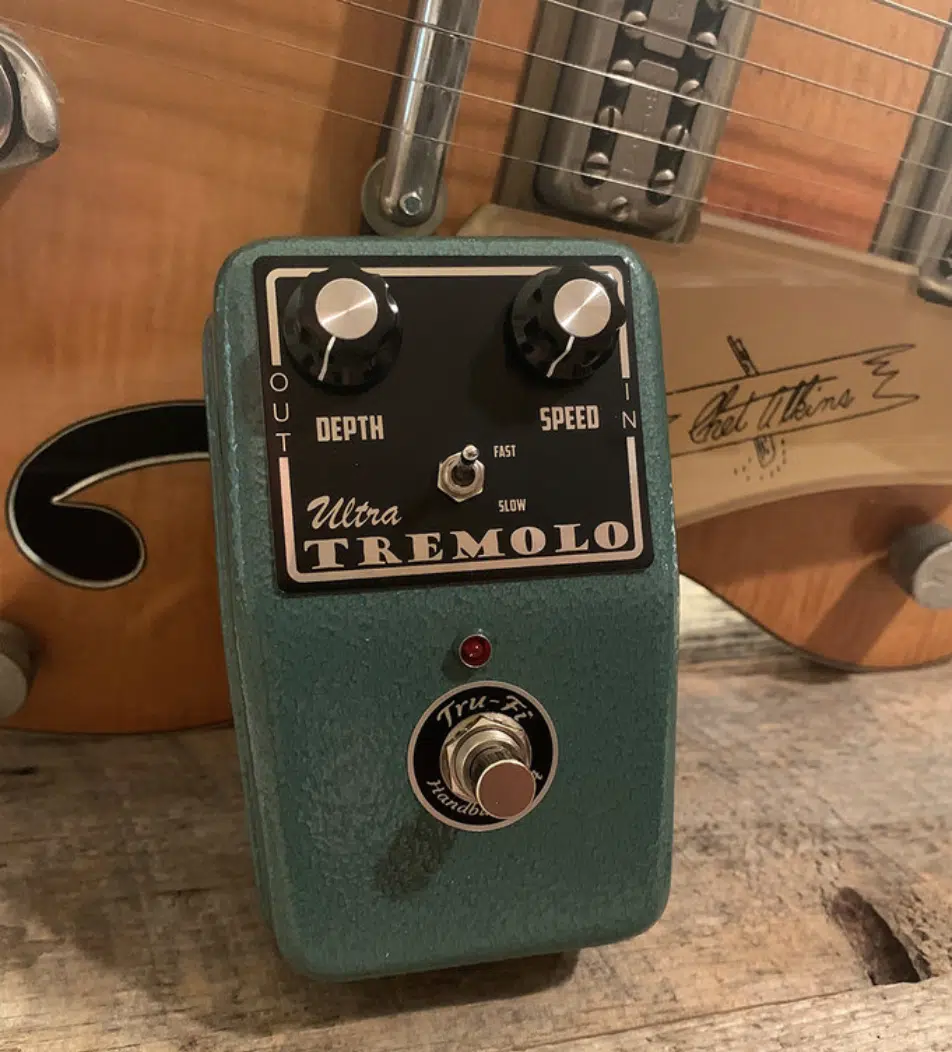
Before we dive into more modern applications of tremolo, let’s venture back for a section and explore its origins.
-
Bowed String Instruments
The origins of tremolo can be traced back to bowed string instruments such as the violin, viola, cello, and double bass.
In this context, tremolo is created by rapidly moving the bow back and forth across the strings, producing a rapid reiteration of one note or group of notes.
This technique of trem, adds texture and intensity to the sound, making it a popular choice for classical composers to convey emotion and drama.
-
Wind Instruments
Tremolo can also be found in wind instruments like the flute, clarinet, and saxophone.
In this case, the effect is achieved by quickly alternating between two notes, creating a pulsating or shimmering effect.
This technique is often used in jazz and classical music to add a sense of movement or energy to a passage.
-
Guitar: Tremolo Arm & Whammy Bar
The guitar has a rich history with tremolo, with various techniques, pedals, and tools used to create the effect.
The tremolo arm, also known as a whammy bar, is a mechanical device attached to the guitar’s bridge that allows the player to temporarily alter the pitch of the strings.
By rapidly moving the tremolo arm, guitarists can create a vibrato-like effect, adding depth and expression to their playing.
The Tremolo Pedal: Shaping Your Sound
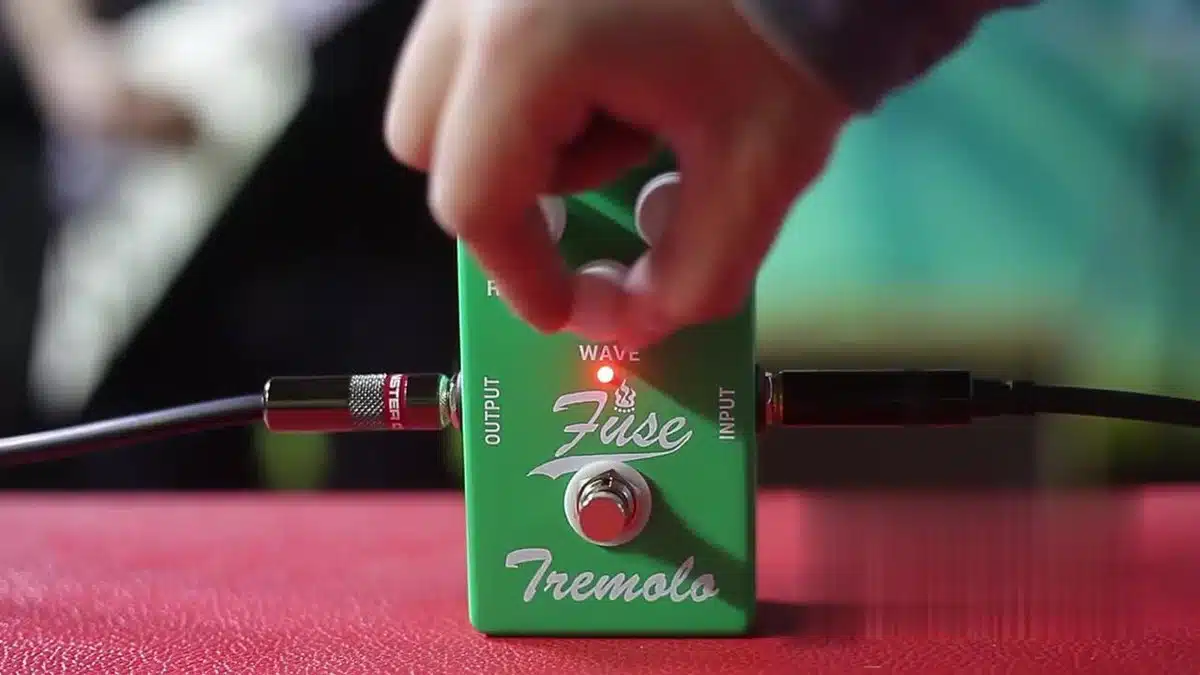
The tremolo pedal has become a popular choice for guitarists and digital music producers alike.
It offers a convenient and versatile way to create (and control) the tremolo effect.
These effects pedals work by using an LFO to modulate the volume of the audio signal, with adjustable parameters such as speed and depth to fine-tune the effect.
There is a wide range of tremolo and vibrato pedals available on the market.
Each variation of tremolo pedals and vibrato pedals offers unique features and characteristics, so try out different ones to find your perfect match.
Some popular options include:
- The Boss TR-2 Tremolo
- The Electro-Harmonix Pulsar
- The Strymon Flint
All of which offer a variety of settings and controls to help you craft your desired sound.
Tremolo Picking: Mastering the Technique
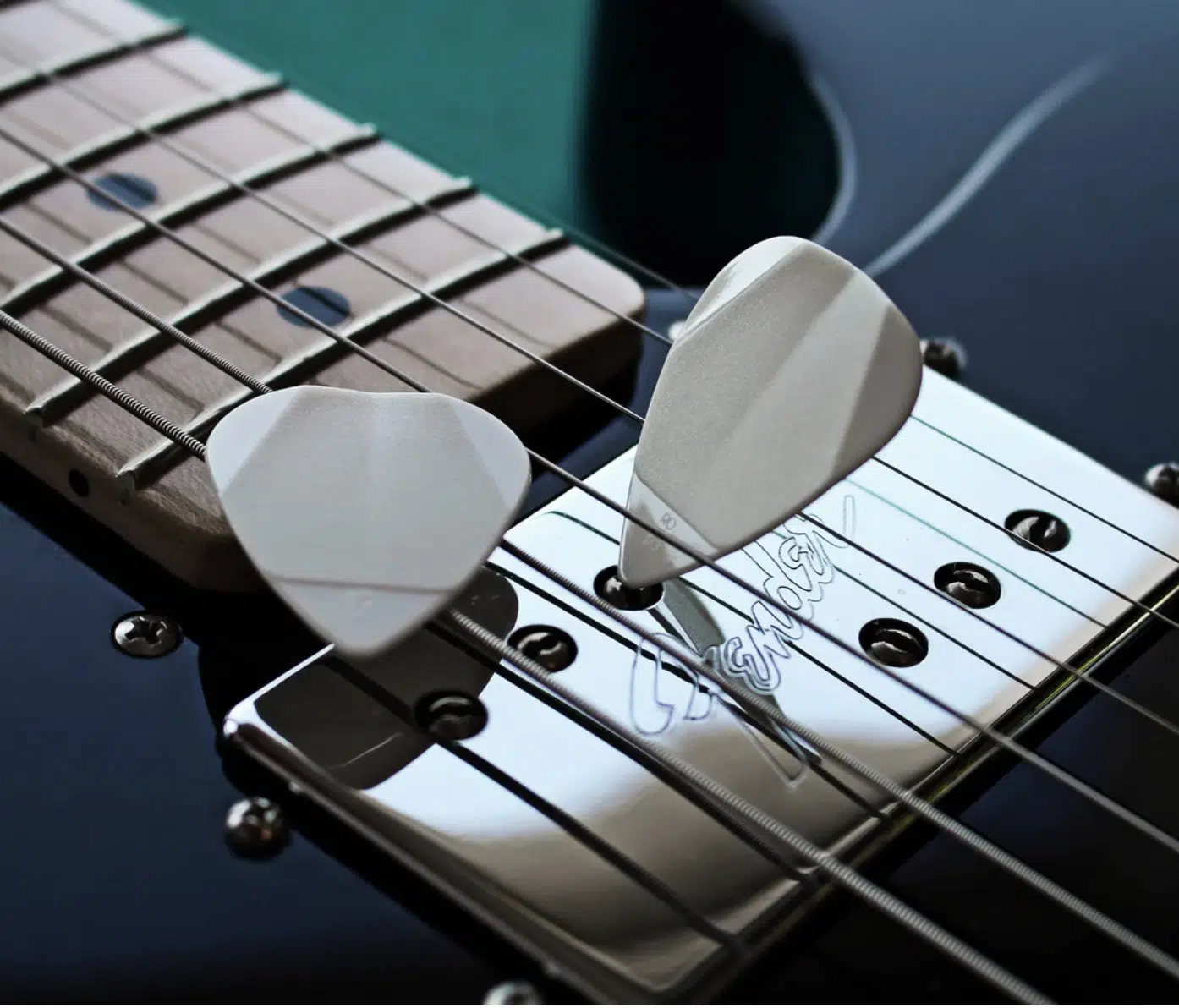
Tremolo picking is a guitar technique that involves rapidly plucking a single string or group of strings with a plectrum, creating a rapid reiteration of notes.
This technique can be used to add texture and intensity to your playing, particularly in genres such as rock and metal.
To master picking, it’s essential to practice using a metronome to develop a consistent rhythm and speed.
Building Speed & Consistency
When first learning tremolo picking, it’s crucial to start slow and gradually increase your speed as your technique improves.
Focus on maintaining a steady rhythm and using small, controlled movements to pluck the strings.
It’s also helpful to keep the fingers of your picking hand relaxed and use a combination of wrist and forearm movement to generate the necessary speed.
Developing Articulation
Articulation is an essential aspect of picking, as it determines the clarity and definition of the single note or notes you’re playing.
Play around with different pick angles, grip, and attack to find the approach that produces the cleanest, most defined sound.
Pay attention to how the pick interacts with the strings and make adjustments as needed to improve your articulation.
Combining It With Other Techniques
Tremolo picking can be combined with various other guitar techniques to create unique and expressive sounds.
For example, you can use this type of picking to accentuate certain notes within a melody, create rapid-fire arpeggios, or add intensity to chord progressions.
Experiment with different ways to incorporate picking into your playing and find the approaches that best suit your style and musical goals.
Digital Tremolo: Tips and Tricks for Music Producers
In the digital realm, tremolo can be achieved using various plugins and tools within a digital audio workstation (DAW).
These software-based solutions offer a wide range of control over the tremolo effect, making it easy to create the perfect sound for your tracks.
-
Choosing the Right Plugin
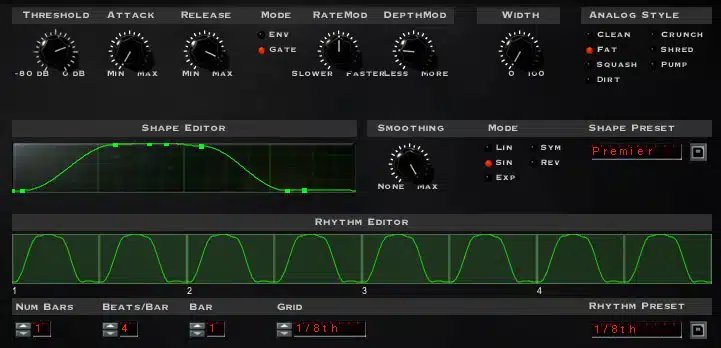
There are numerous tremolo plugins available, each with its unique features and controls.
Some popular options include Soundtoys Tremolator, MeldaProduction MTremolo, and Cableguys VolumeShaper.
When selecting a Tremolo plugin, consider factors such as ease of use, sound quality, and compatibility with your DAW.
Tremolo plugins typically offer various adjustable parameters that allow you to fine-tune the effect.
Common parameters include:
- Rate 一 The speed of the tremolo effect
- Depth 一 The intensity of the volume changes
- Waveform 一 The shape of the LFO
By tweaking these parameters, you can create a wide range of tremolo sounds to suit your musical needs.
-
Automating & Layering Tremolo Effects
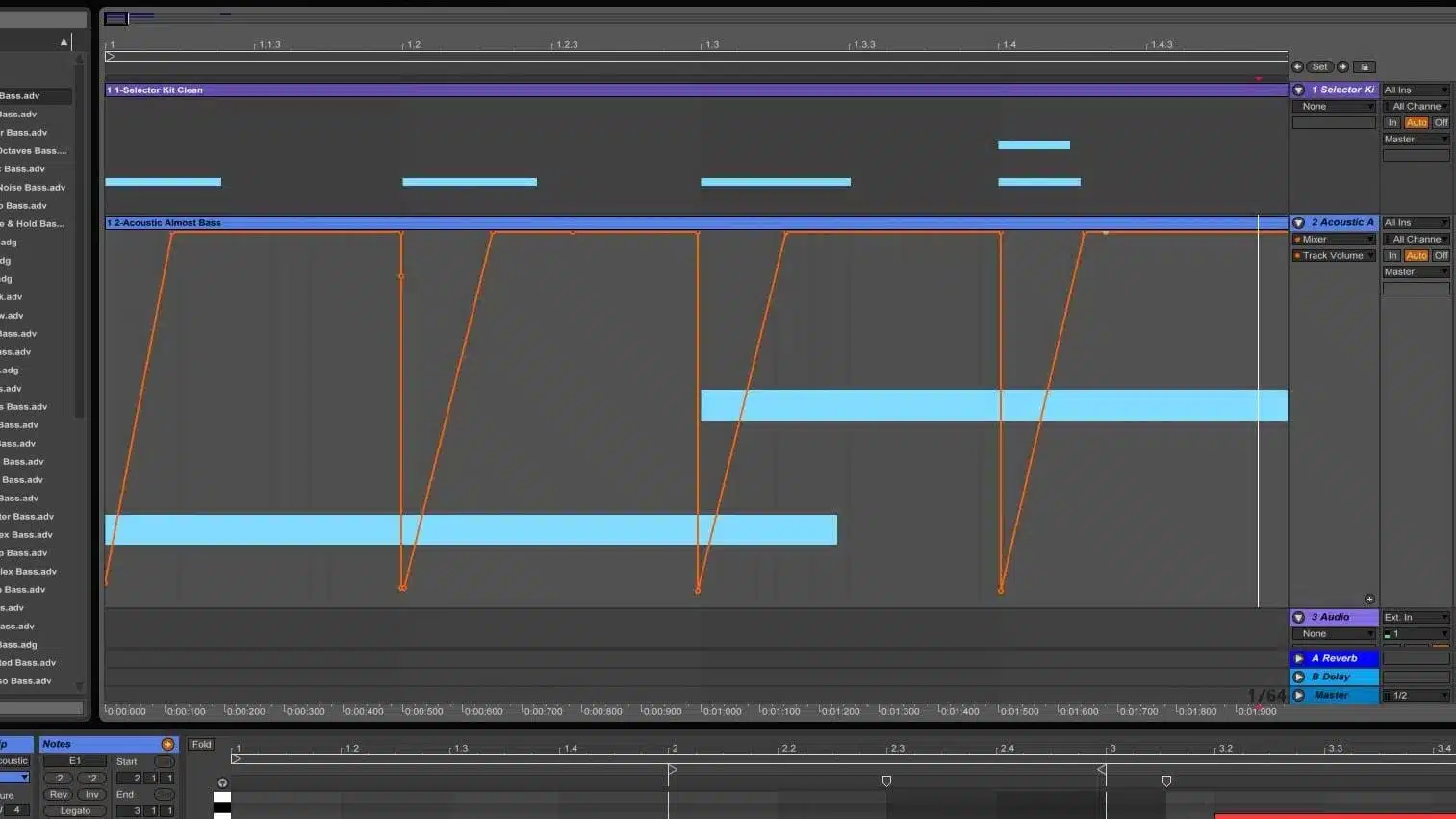
One of the advantages of using a digital tremolo plugin is the ability to automate the effect parameters within your DAW.
Automation allows you to create dynamic changes in the tremolos effect over time, which can add interest and variety to your beats.
One great example is, you might automate the rate parameter to create a gradual increase in tremolo speed during a build-up or automate the depth parameter to fade the effect in and out.
Additionally, you may automate it to just be enabled for 1 section.
Or, implement a more popular approach, which is to accent just 1 note, using automation to enable it for that one (given) part.
Bypass or disable the effect in your automation lane for the rest.
Tremolo can be combined with other effects to create unique and complex sounds.
In a digital music production environment, this can be achieved by chaining multiple plugins together within your DAW (or simply including it in your chain along with the rest of the plugins).
Remember, chain order will produce different effects, so play around with the order for some intriguing options.
-
Creative Tremolo Techniques
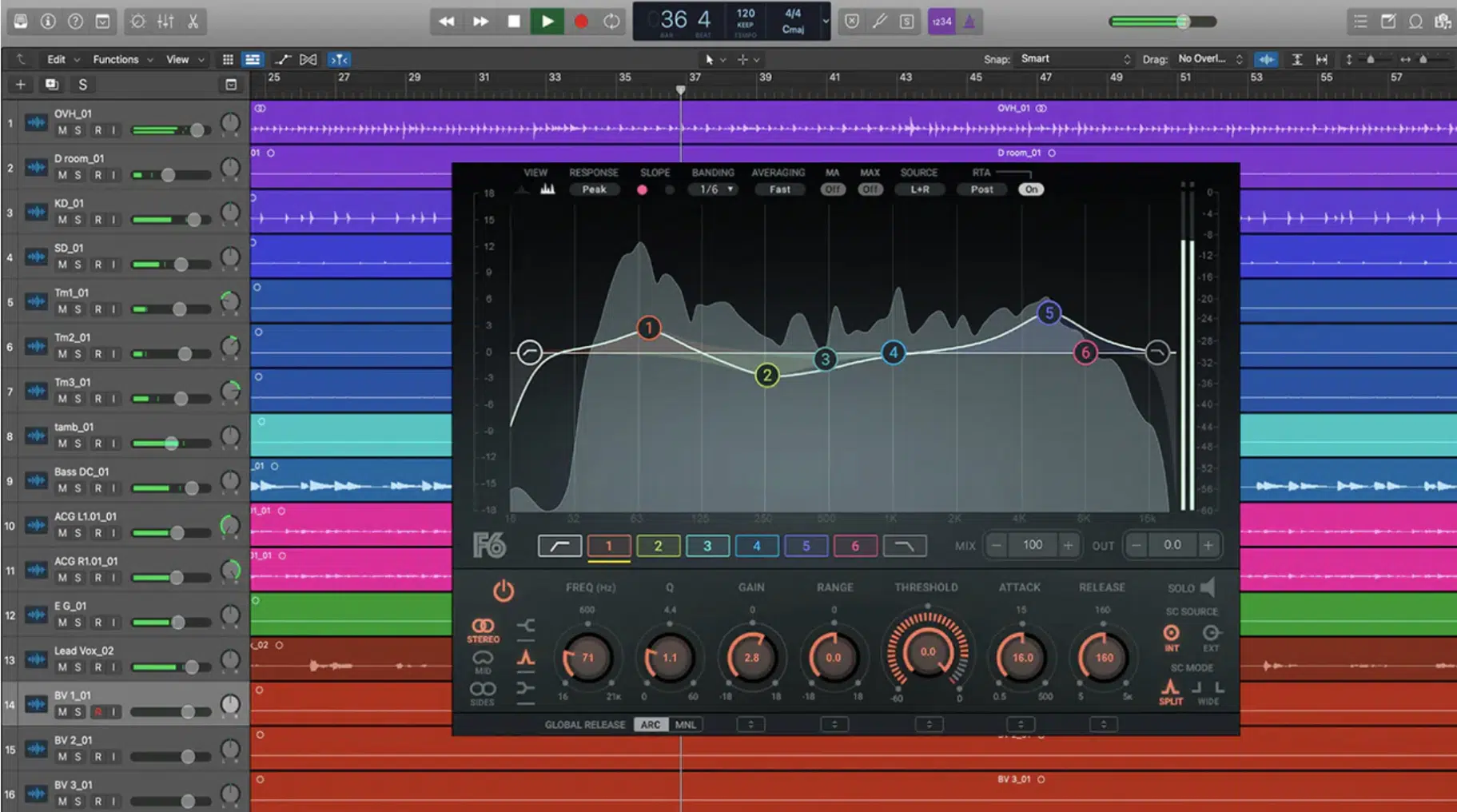
In addition to traditional tremolo uses, there are several creative techniques for adding tremolo plugins.
One such technique is to apply tremolo only to specific frequency bands, creating a more subtle and nuanced effect.
This can be achieved by using a multiband compressor or dynamic EQ in combination with your Tremolo plugin.
Another technique is to use tremolo as a rhythmic tool, syncing the rate parameter to your project’s tempo to create rhythmic pulsing or stuttering effects.
Speaking of compressors and EQs, if you’re looking for the best compressor plugins or best EQ plugins, we’ve got you covered!
Dialing in the Perfect Tremolo Sound
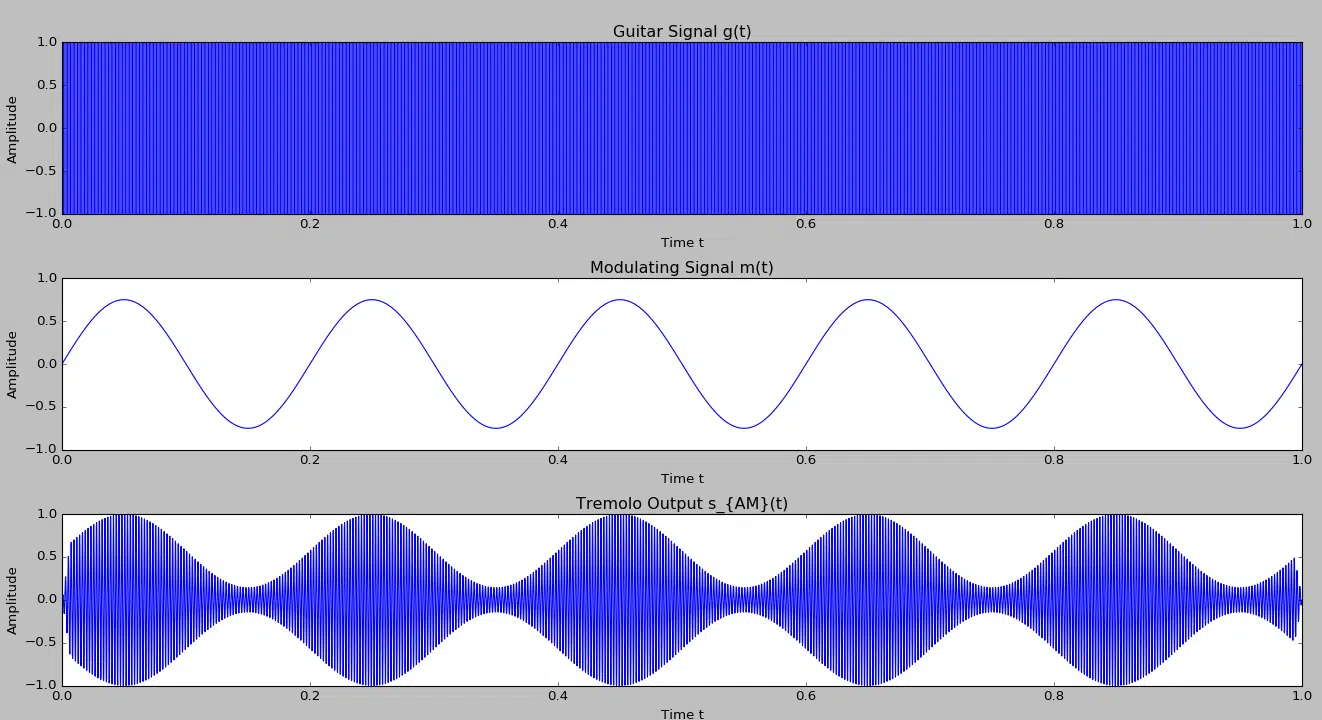
In order to produce the perfect tremolo sound, it’s important to be aware of the impact of volume, pitch, and amplitude, so let’s dive in.
Balancing Volume
When crafting the perfect tremolo sound, it’s essential to pay close attention to the overall volume of the effect.
Inappropriate volume levels can result in an overpowering or barely noticeable tremolo.
Experiment with the volume settings on your tremolo pedal, amp, or plugin to find the sweet spot that complements your playing or production without overwhelming it.
Speaking of pedals, amps, and plugins, we break down how to set up your home studio for optimized music creation.
Managing Pitch Changes
Tremolo primarily affects the volume of your audio signal, but pitch can also be impacted, particularly when using a tremolo arm or whammy bar.
Be mindful of any pitch changes when dialing in your tremolo sound, and make adjustments as needed to maintain the desired tuning and intonation.
Controlling Amplitude
The amplitude of the tremolo effect refers to the intensity of the volume fluctuations.
By adjusting the depth parameter on your tremolo pedal, amp, or plugin, you can control the amplitude and create a more subtle or dramatic tremolo effect.
Finding the right balance of amplitude will help you achieve the perfect tremolo sound for your music or sound design needs.
Adjusting Speed & Depth for An Epic Pulsating Effect
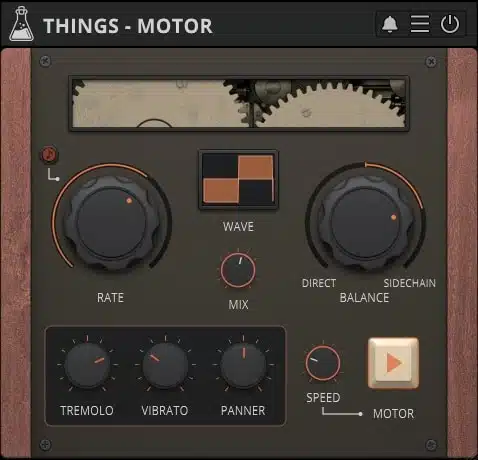
To produce that epic, signature pulsating effect that tremolo is known for, you need to know how to adjust speed & depth like a boss.
Fine-tuning the Speed
The speed of the effect is determined by the rate parameter, which controls how quickly the volume oscillates.
Adjusting the rate allows you to create a wide range of tremolo sounds, from slow and gentle swells to rapid, pulsating stutters.
Experiment with different speed settings to find the perfect pulsating effect for your music.
Automating this parameter can be used to produce a wide range of effects.
This ranges from emulating the natural phenomenon of organic vibrato to creating the rhythmic motion that hip hop subgenres, techno, and EDM is known for.
One trick is using unique wave shapes to create this pulsing rhythmic movement, reminiscent of rhythmic ducking.
Dialing in the Depth
The depth parameter controls the intensity of the volume changes in the tremolo effect.
By adjusting the depth, you can create a more subtle or dramatic pulsating sound.
- A subtle tremolo 一 May be more suitable for a delicate, atmospheric passage.
- A more intense tremolo 一 Might be better suited for a dramatic, high-energy section.
Consider the context of your music when selecting the depth setting.
Balancing Speed & Depth
Finding the perfect balance between speed and depth is crucial for achieving the desired tremolo sound.
- A combination of high speed & low depth 一 Results in a subtle, shimmering effect.
- A combination of low speed & high depth 一 Produces a slow, dramatic pulsing.
Be sure to experiment with different combinations of speed and depth settings to find the perfect pulsating effect for your music.
Try automating the wave shape for even more unique movement, or creating your very own through volume automation for custom tremolo techniques.
If you’re curious about the most mind-blowing techniques for mixing music (including automation), we’ve got you covered.
Creating Texture with Reverb and Other Effects
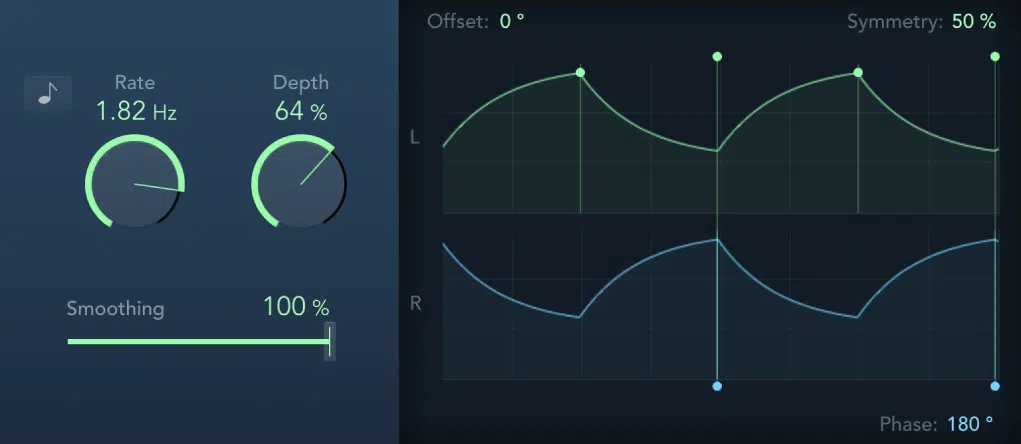
Integrating reverb and other effects paired with tremolo can create super intriguing textures… let’s get into it.
Adding Reverb for Depth
Pairing tremolo with reverb can add depth and dimension to your sound, creating a more immersive and atmospheric effect.
Play around with different reverb settings and types, such as plate, hall, or spring reverb, to find the combination that best complements your tremolo sound.
Side note, we’ve just released the list of the absolute best reverb plugins and the best free reverb plugins of 2023, don’t miss out!
Layering with Delay
Incorporating delay alongside tremolo can create a more complex and textured sound.
By adjusting the delay time and feedback settings, you can craft a wide range of sonic landscapes, from subtle echoes to cascading, rhythmic patterns.
Experiment with different delay settings to find the perfect balance between the two effects.
PRO TIP
For a more advanced technique, simply insert said plugin on your reverb, delay, effect bus, or Send to apply the tremolo to your effect chain, not the main signal.
- Placing it first 一 Allows the signal going into the effect to incorporate tremolo that the original signal doesn’t contain.
- Placing it last 一 Applies it to the effect signal itself.
With a better understanding of “what is tremolo,” you’re now equipped to create mesmerizing soundscapes and add depth and emotion to your tracks.
What Is Tremolo: Final Thoughts
Now that you have a super in-depth understanding of tremolo, you’ll never have to ask yourself “What is tremolo” again.
Make sure to experiment with different effects, techniques, and sounds to bring your creative vision to life.
As you continue to hone your skills, remember that the key to success is practice, exploration, and a never-ending passion for learning.
To help you on your musical journey, make sure to download the best free guitar loops in the game.
This fantastic resource features both electric and acoustic guitar loops, providing you with an array of high-quality sounds to incorporate into your productions.
These mind-blowing, professionally-crafted loops can serve as a great starting point for experimenting with tremolo and other modulation effects,
Plus, they can inspire new ideas and help you push the boundaries of your creativity.
Until next time…







Leave a Reply
You must belogged in to post a comment.